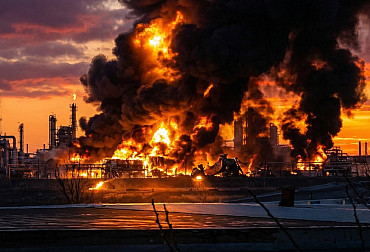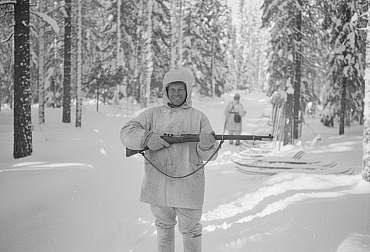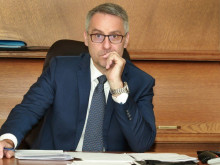Air Defence and Options for the Slovak Army
In September last year, at a meeting with industry, the Modernization Section (SEMOD) of the Ministry of Defence of the Slovak Republic presented priority projects in the armament and modernization of the Slovak army. SEMOD mentioned the modernization of ground-based air defence systems as one of the priorities in the field of air force.
Control of airspace is one of the key conditions for maintaining state security. Air attacks are often more effective than ground attacks and can cause more damage and endanger strategic objects in the state. The need to protect airspace is increasing in the context of technological progress, which brings new forms of threats such as new types of strike aircraft or various forms of drones and other unmanned aerial vehicles (UAVs). This is also the reason why the military leaders as well as both the professional and lay public are increasingly concentrating on the possibilities of facing new types of threats. Even the experience of the recent past, such as the war in Nagorno-Karabakh, where drones played a major role, shows that the issue of air defence must remain at the forefront of national defence priorities.
Current state of air defence in Slovakia
Although the Central European area is relatively secure, this does not mean that states in this area will not have to face air threats in the future. This also applies to Slovakia. Therefore, it is necessary to focus, especially in peacetime, on the possibilities of effectively defending the territory of these states, including airspace. Although there is less talk in public space about the modernization of air defence systems, strategic documents such as the “White Paper on the Defence of the Slovak Republic” from 2016 envisages the modernization of air defence systems. The modernization of air defence is defined in the document as one of the main priorities of armaments, which are to increase the qualitative parameters of the Slovak army in the field of airspace defence and at the same time reduce the dependence of the Slovak army on the techniques of Russian production. The planned modernization is divided into two stages of implementation of strategic projects, i.e. the years 2016-2020 (1st stage) and 2020-2030 (2nd stage).
The Slovak Army currently uses S-300PMU long-range air defence systems and 2K12 Kub 2M short-range systems. Both types of ground-based air defence systems were manufactured in the former Soviet Union.
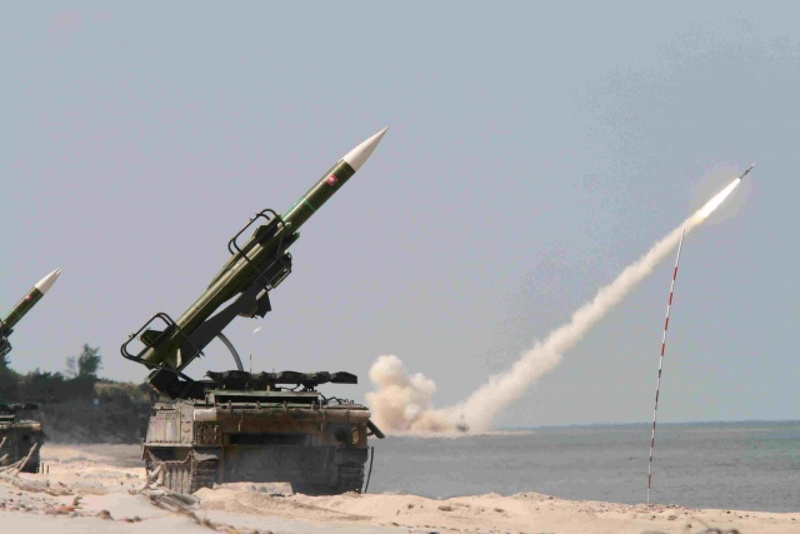 Picture: The Slovak Army currently uses S-300PMU long-range air defence systems and 2K12 Kub 2M short-range systems (pictured). | Ministry of Defence of the Slovak Republic / CC BY NC-ND
Picture: The Slovak Army currently uses S-300PMU long-range air defence systems and 2K12 Kub 2M short-range systems (pictured). | Ministry of Defence of the Slovak Republic / CC BY NC-ND
In the context of the new threats that emerge in the current conflicts, the question arises as to whether decades-old systems can be sufficiently effective against modern aircraft. Slovakia wanted to modernize the S-300 systems already in 2015. However, this did not happen, because the Russian company Almaz-Antej, which manufactures S-300 air defence systems, is on the sanctions list of the European Union and the United States. In addition to obstacles related to the modernization of systems, in cooperation with Almaz-Antej, there were opinions that the systems do not need modernization. Instead, it would be good to start thinking about replacing these systems with new, NATO-compatible ones. According to some experts, the fact that the life cycle of the S-300 system ended in 2020 speaks in favour of purchasing new systems. According to “The Military Balance 2020”, Slovakia, together with Greece and Bulgaria, is the last NATO country to use the S-300 ground air defence system.
It is similar with the 2K12 Kub system, which has not been produced for several decades. On the other hand, the modernization of 2K12 Kub systems, in contrast to the modernization of S-300 systems, can be provided, for example, by the Czech company Retia, which has already implemented the modernization for the Czech Armed Forces. However, the question remains to what extent or for how long the modernization of Soviet systems will make sense and to what extent it can be implemented. In addition to Slovakia, 2K12 Kub systems are used, for example, in the Army of the Czech Republic or in the Hungarian Army.
Options for Slovakia
Slovakia cannot be left without air defence systems. If the priorities enshrined in the strategic documents, such as the removal of obsolete Soviet/Russian technology, are to be met, Slovakia must consider the options it has. One of the logical choices to replace air defence systems could be to acquire Israeli mobile air defence systems Spyder. The Spyder family of systems is manufactured by the Israeli company Rafael in collaboration with Israel Aerospace Industries, and the systems are offered in configurations from short-range air defence systems to long-range configurations. From the point of view of the Slovak army, the acquisition of these systems would make sense, as the medium-range Spyder air defence systems use ELM-2084 radars, which Slovakia wants to buy from Israel. In addition, the Spyder system has been already chosen for the air defence system of the Czech Republic, which also buys ELM-2084 radars. This could be a very important factor for Slovakia.
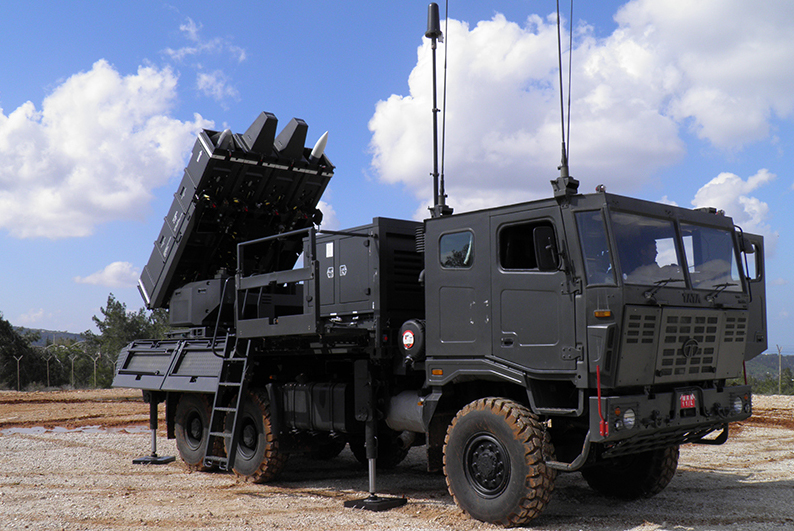 Picture: SPYDER-SR system launcher | archive of Rafael Advanced Defence Systems / CC BY NC-ND
Picture: SPYDER-SR system launcher | archive of Rafael Advanced Defence Systems / CC BY NC-ND
Another option are NASAMS systems. These are short- to medium-range systems developed by the Norwegian company Kongsberg in cooperation with the American company Raytheon. Since 2005, NASAMS systems have been protecting the US capital, Washington. In addition to Norway and the USA, NASAMS systems are introduced in armaments, for example, of Spain, Finland and the Netherlands. Another NATO country that has recently become a user of NASAMS systems is Lithuania. In November 2020, the media reported that Hungary had expressed interest in NASAMS air defence systems, and was to pay about $1 billion for them, according to available information.
Slovakia could also show interest in MIM-104 Patriot systems. It is an American-made system manufactured by Raytheon. Patriot systems are deployed in several countries around the world, including NATO countries. Romania became the newest user of Patriot systems in September 2020. Together with the F-16 fighters, these systems will form the backbone of the Romanian air defence. It is worth mentioning that Poland, which also operates F-16 aircraft, is also planning to acquire Patriot systems in the near future, and Slovakia is purchasing F-16 aircraft as well, and therefore this connection could be interesting.
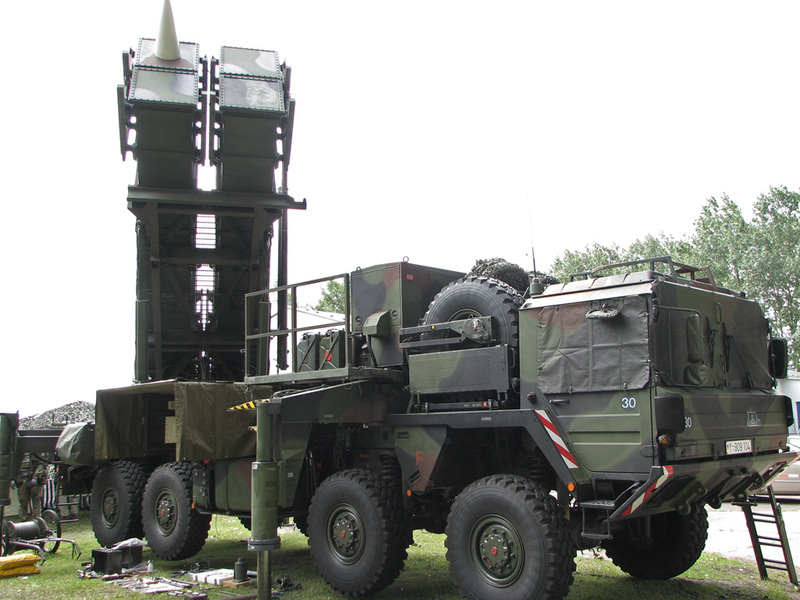 Picture: Patriot system in Luftwaffe colours | Wikimedia Commons
Picture: Patriot system in Luftwaffe colours | Wikimedia Commons
Although the modernization of air defence is not much talked about among the Slovak public, it does not mean that it is a less serious or less important topic. Air defence systems are extremely important for maintaining safety. At present, it is possible to see an increase in new air threats, and without modern air defence systems it will be difficult to control and use airspace effectively. Slovakia can see in its surroundings several solutions and directions the modernization of air defence could take, and therefore it is important to take note of these processes.

















